Toowoomba remembers this Vietnam Veteran’s Day
In a powerful and emotional moment, Toowoomba bowed its head in solidarity as residents remembered our nine mates killed during the Vietnam War. Read their stories here.
Toowoomba
Don't miss out on the headlines from Toowoomba. Followed categories will be added to My News.
Each year, more than 60,000 Australians are remembered for the sacrifices during the Vietnam War, including more than 500 that died and more than 3000 wounded.
During the ten-year involvement in Vietnam, Australian defence personnel were faced with countless challenges, obstacles and tragedies, including when they arrived back on home soil.
This Vietnam Veteran’s Day, The Chronicle has looked at the stories of residents during that time and where you can pay your respects.
Toowoomba remembers forgotten veterans


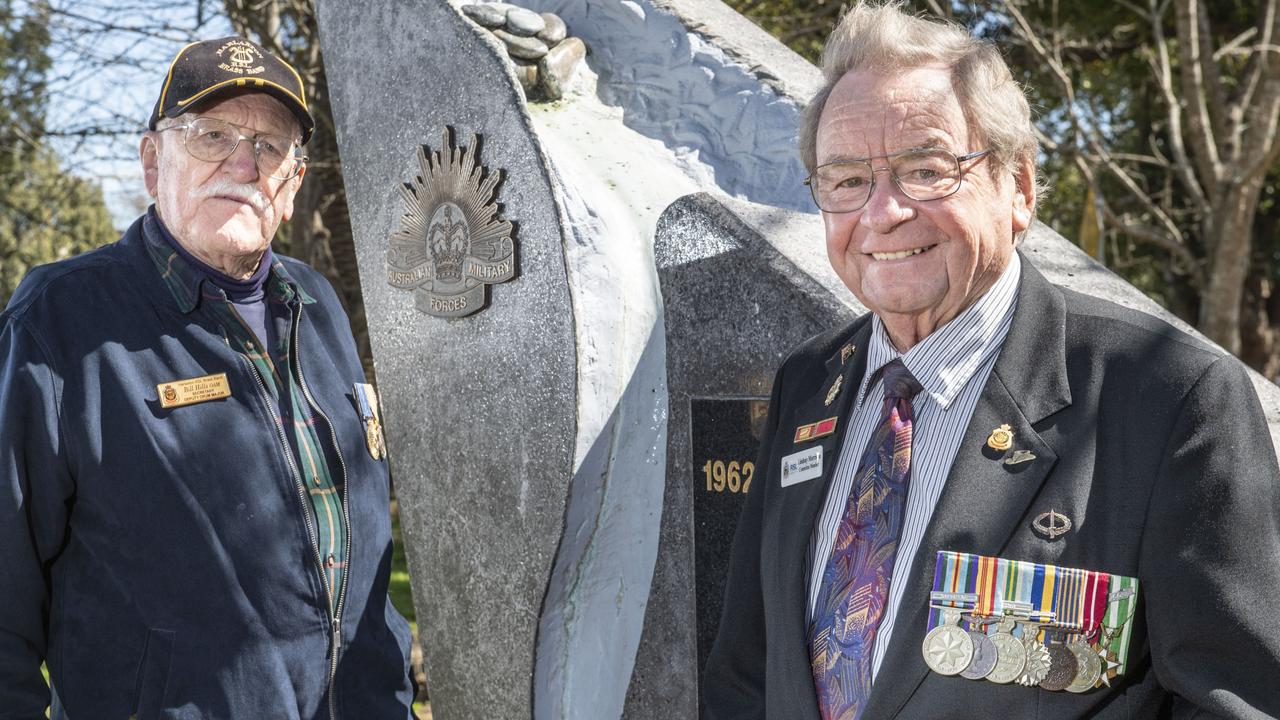
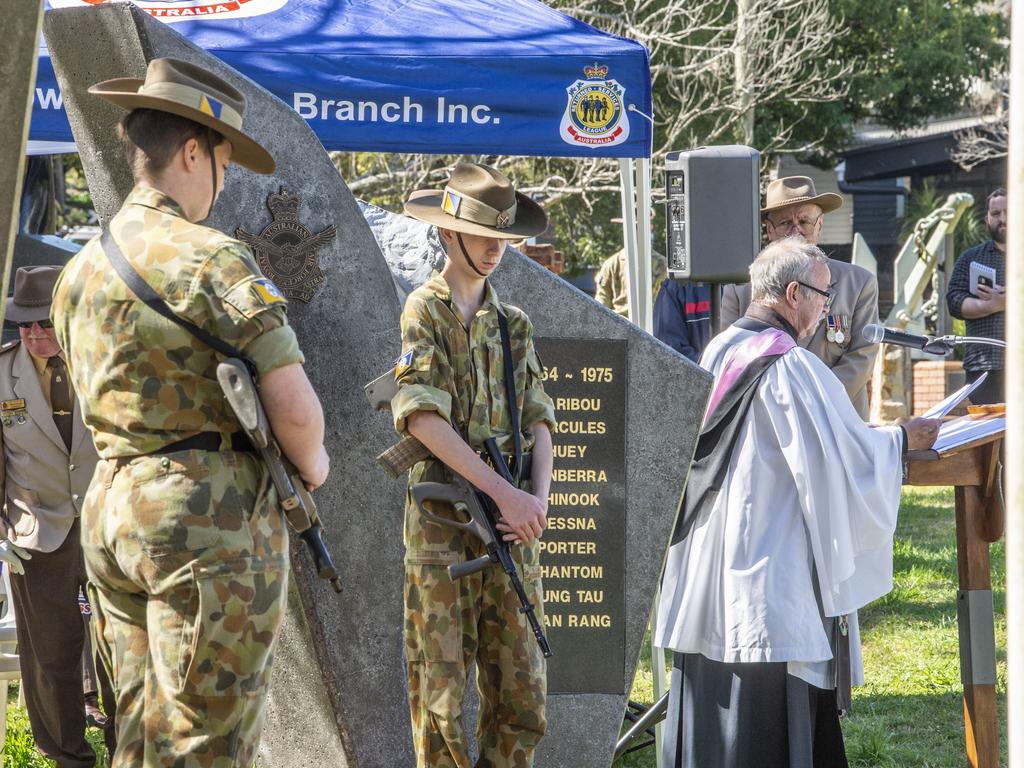
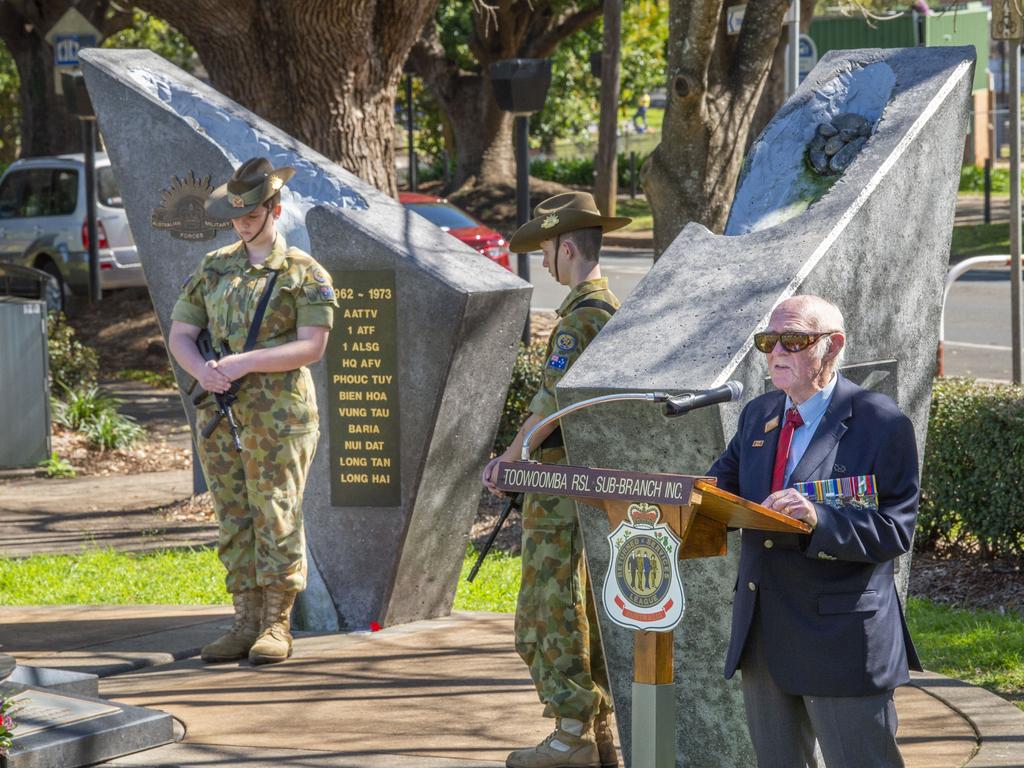
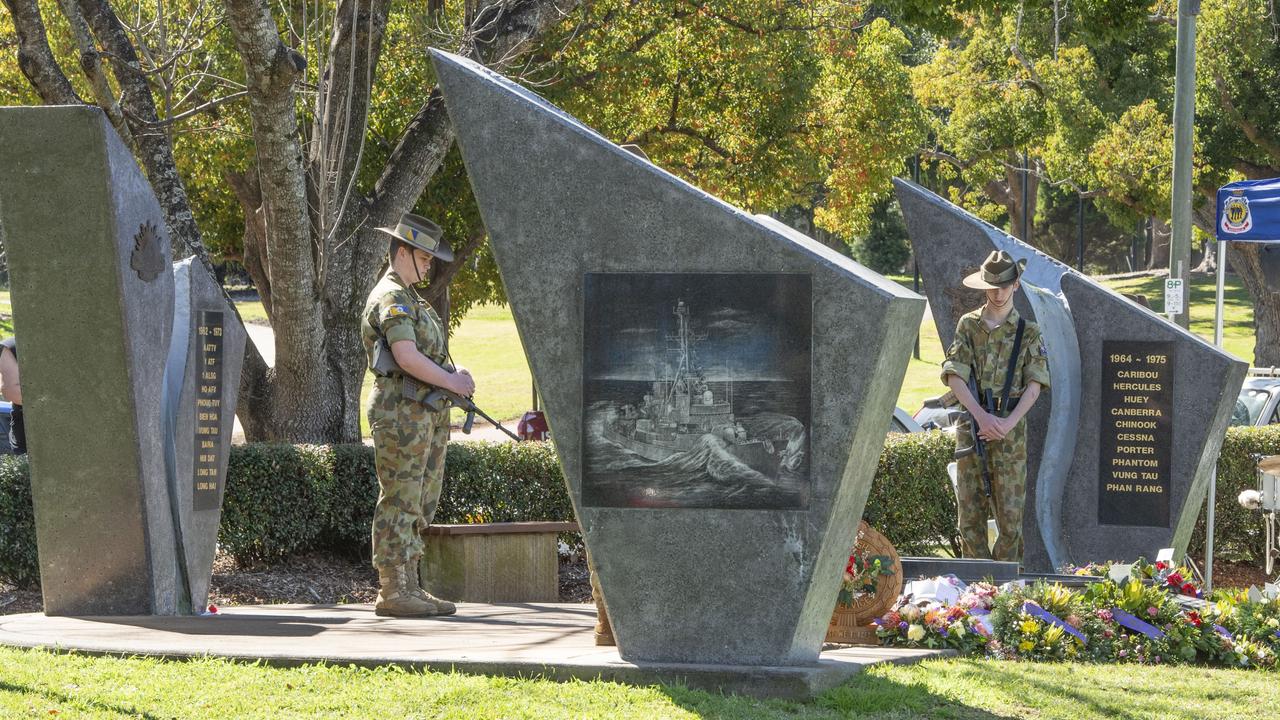




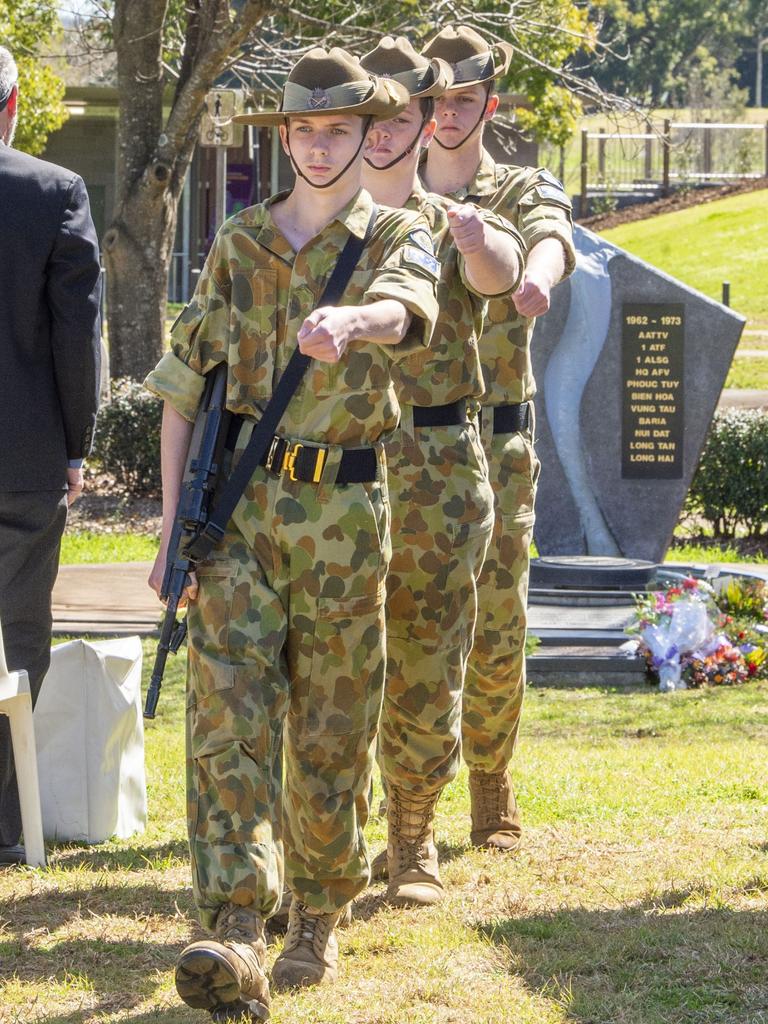

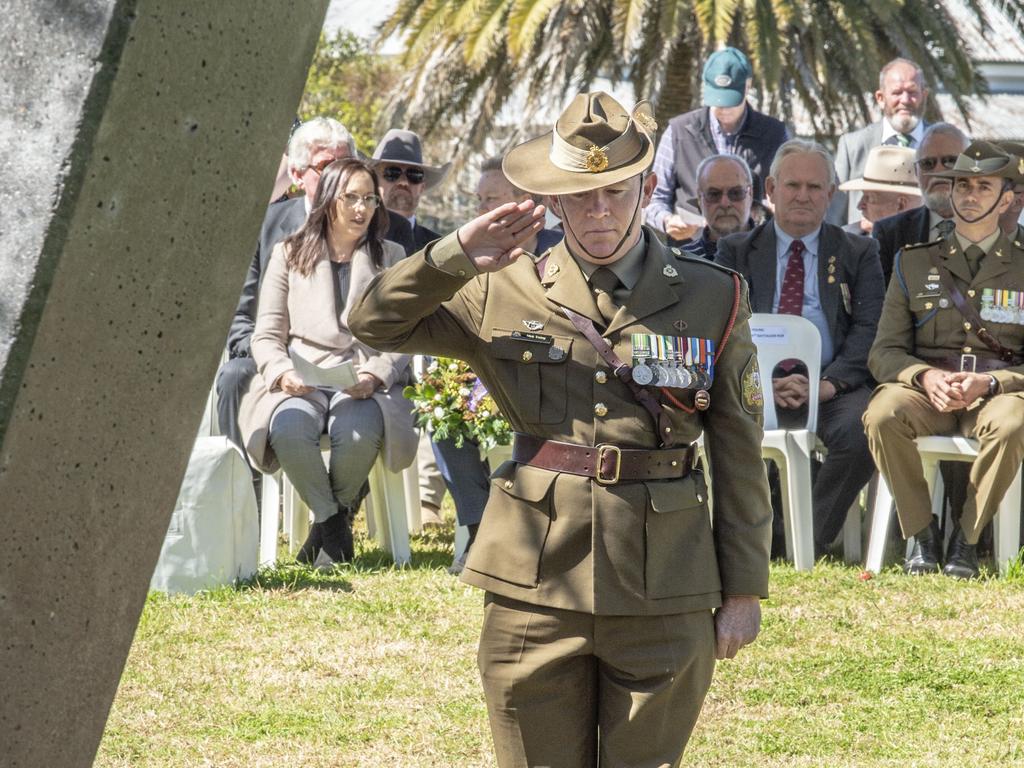
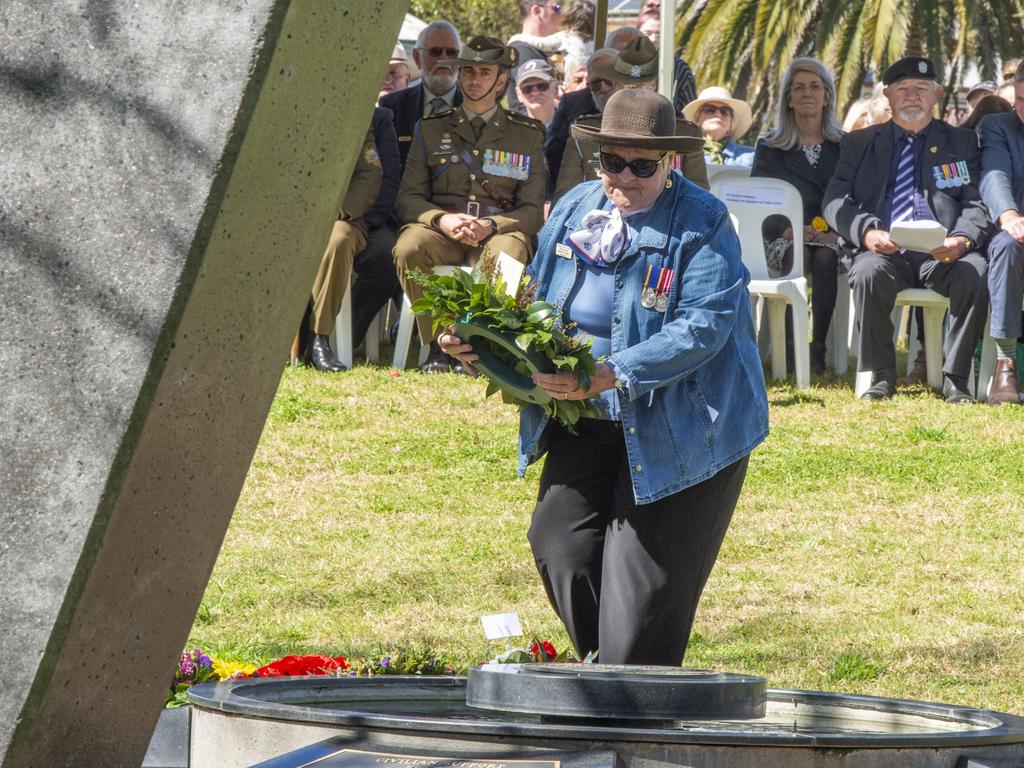

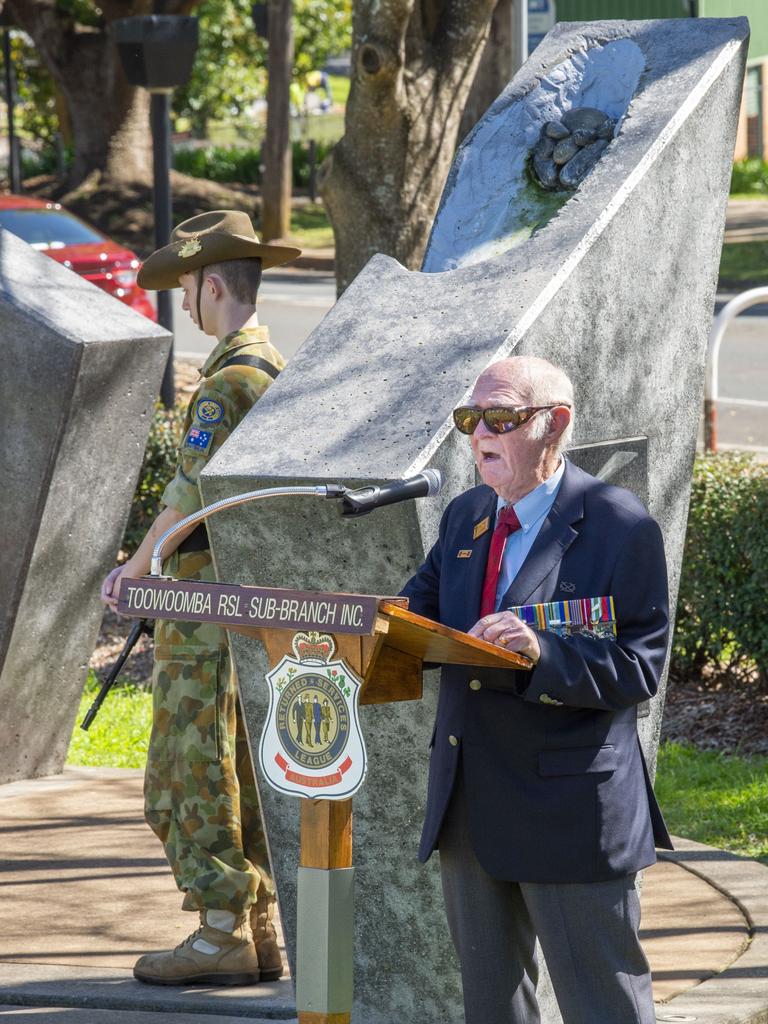

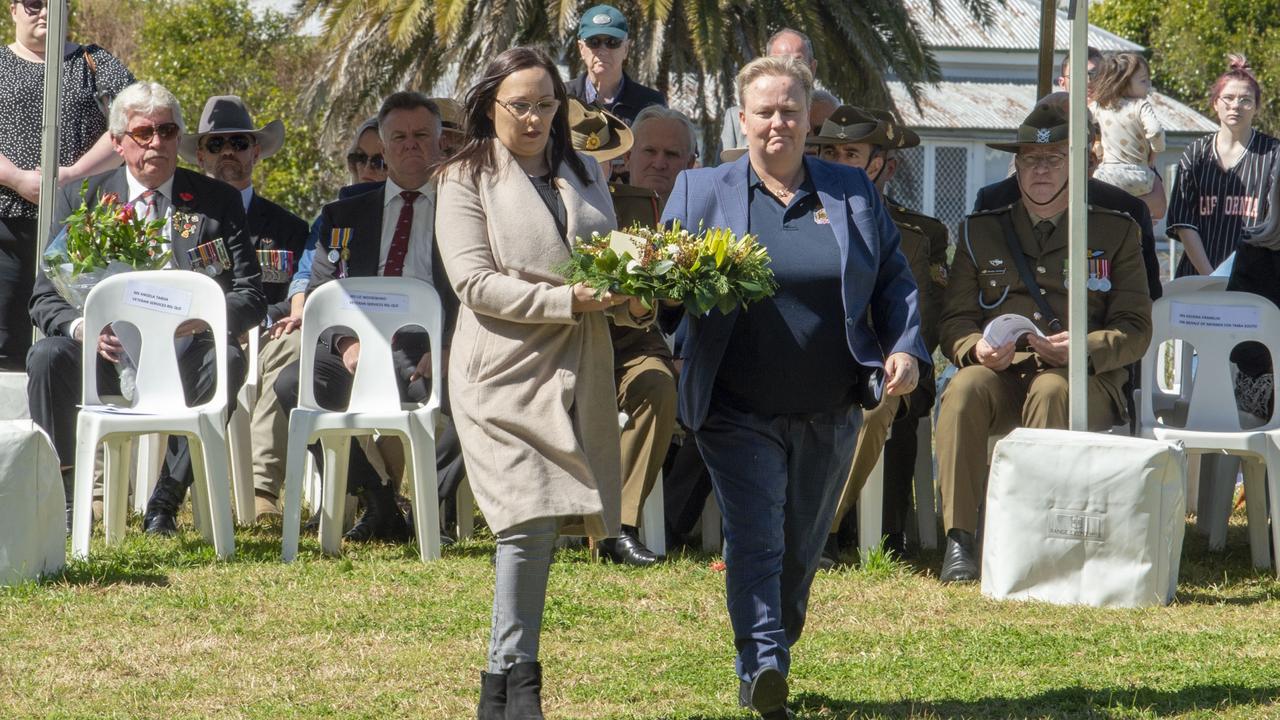

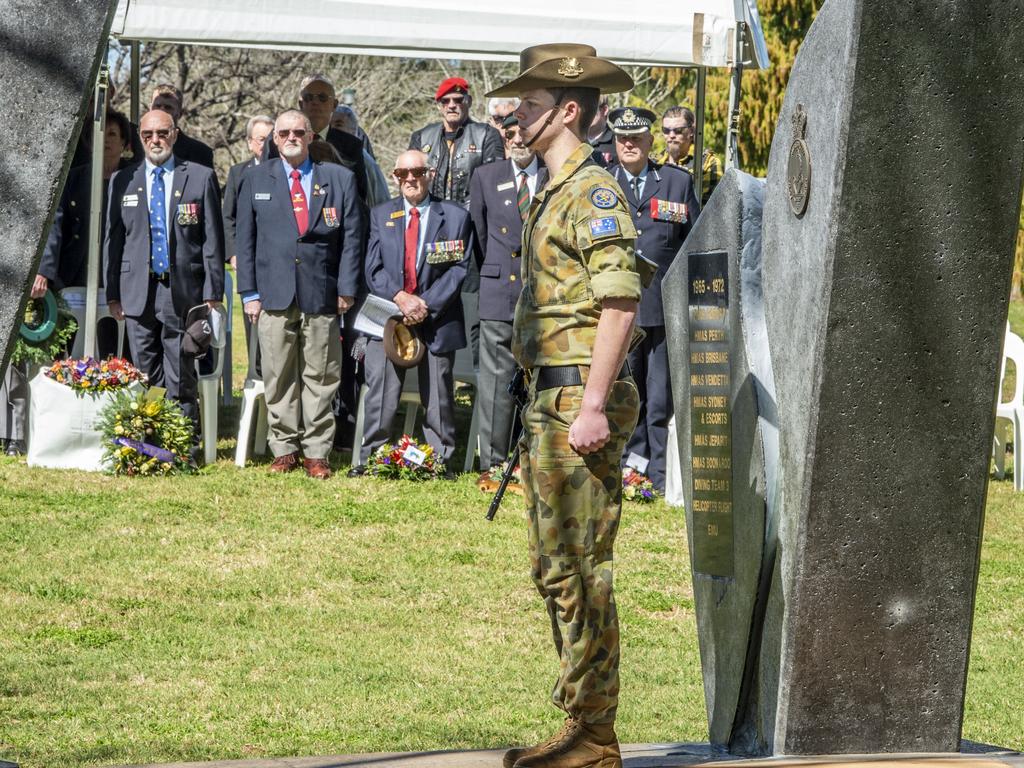



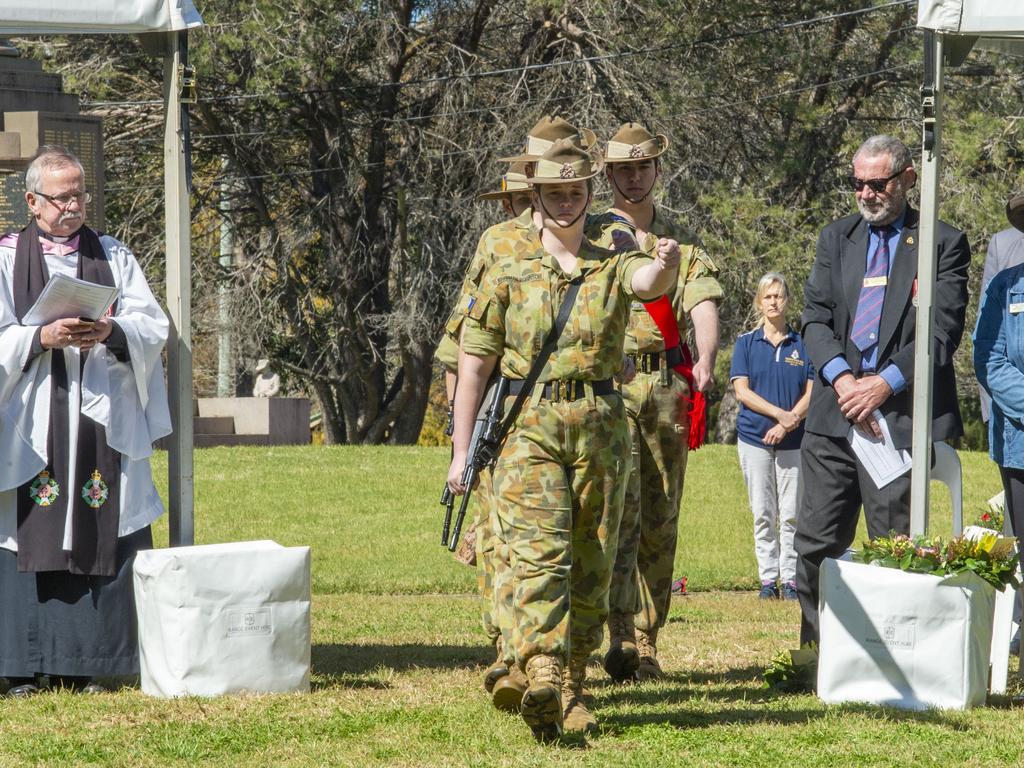
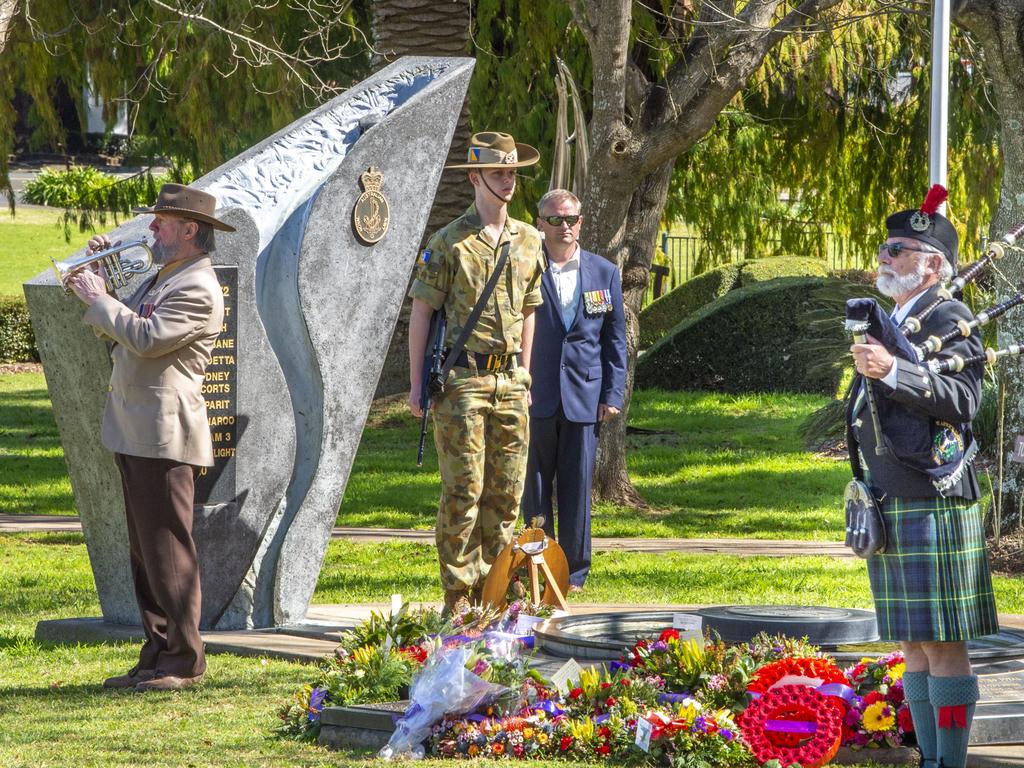
Residents bowed their heads in solidarity Thursday morning to remember and commemorate on the 60th anniversary of Australia’s involvement in the Vietnam War.
During the 10-year deployment, Toowoomba lost nine soldiers in Vietnam, including the youngest to die during the Battle of Long Tan.
Lindsay Morrison was a medic at the Battle of Long Tan on August 18 1966, and had the honour of reading the Roll of Honour at this year’s Vietnam Veteran’s Day service.
Captain Kenneth Bade was killed on January 8, 1966 after the patrol he was with entered a booby trapped area in the Ho Bo Woods.
Captain Bade was part of Operation Crimp and was killed after a bobby trap detonated in a nearby tree.
Private Francis Topp was one of the first killed during the Battle of Long Tan in 1966.
Only his second day in Delta Company, 6th Battalion, Private Topp was killed when enemy fire opened on Australian soldiers patrolling a rubber plantation.
He was the youngest to die that day at 19 years old.
Sub Lieutenant Anthony Huelin was killed on January 3 1969, after the Iroquois helicopter he was piloting struck power lines near Saigon.
Warrant Office Class II Michael Gill MID was killed on May 6, 1969 during a battle in Kontum Province.
He was posthumously Mentioned in Despatches for his bravery during the battle, where he was in command of a platoon.
The body of Pilot Officer Robert Charles Carver, killed on November 3, 1970, was discovered in recent years after the Canberra bomber he was in crashed in thick jungle.
His remains were found and brought home in 2009 after three decades classed as MIA.
At the time of publication, little is known about Private B. James, killed on June 5, 1969, Warrant Officer Class II John Gordon Pettit MID, killed on April 4, 1970, Trooper G.L. Foster, killed on July 1 1970, and Leading Aircraftman P.J Sherriff, killed on January 8, 1971.
‘I’m proud’: Vietnam Vet saved lives at Long Tan
Fifty-six years after Australia’s most costly battle, a Toowoomba Vietnam veteran says the wartime struggles of him and his army mates still aren’t properly acknowledged.
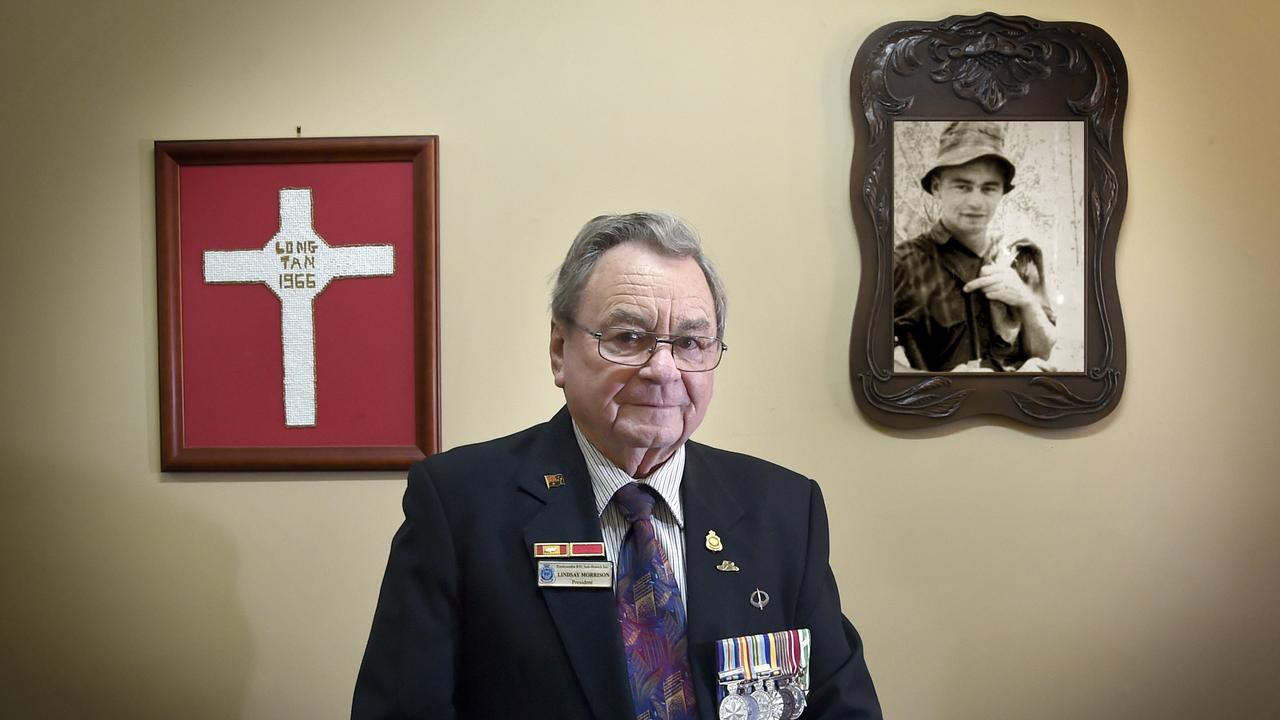
In 1966, a 23-year-old Lindsay Morrison watched D Company march into the Long Tan plantation, unaware that the men who had taken his patrol position would soon come under heavy attack.
Merely 4-5km away from the Nui Dat base camp, the Viet Cong opened fire on Delta Company, launching a battle that would become the deadliest Australian fight during the Vietnam War.
Morrison was assigned to B Company of 6RAR, and had previously patrolled the area after a mortar rifle attack on the base camp.
“It was decided we would send someone out to look for where the mortars were being fired from,” he said.
“I don't think anyone was concerned that we would find anything – we thought they had all gone.”

Later, he would discover the Viet Cong had watched as B company was replaced by D company.
Mr Morrison said B Company was half way back to camp when they heard shooting – and knew D company had come under attack.
After waiting for further orders, B Company moved into assist their battalion, which had taken immediate casualties.
As a medic, Mr Morrison said he didn’t think twice about running in to help.
“I just put my gear on and headed off,” he said.
“We didn’t think there were any large (enemy) numbers in the area, so we though we could handle it pretty easy.
“If the Viet Cong had been anywhere near competent, they would have wiped us off the face of the earth.”
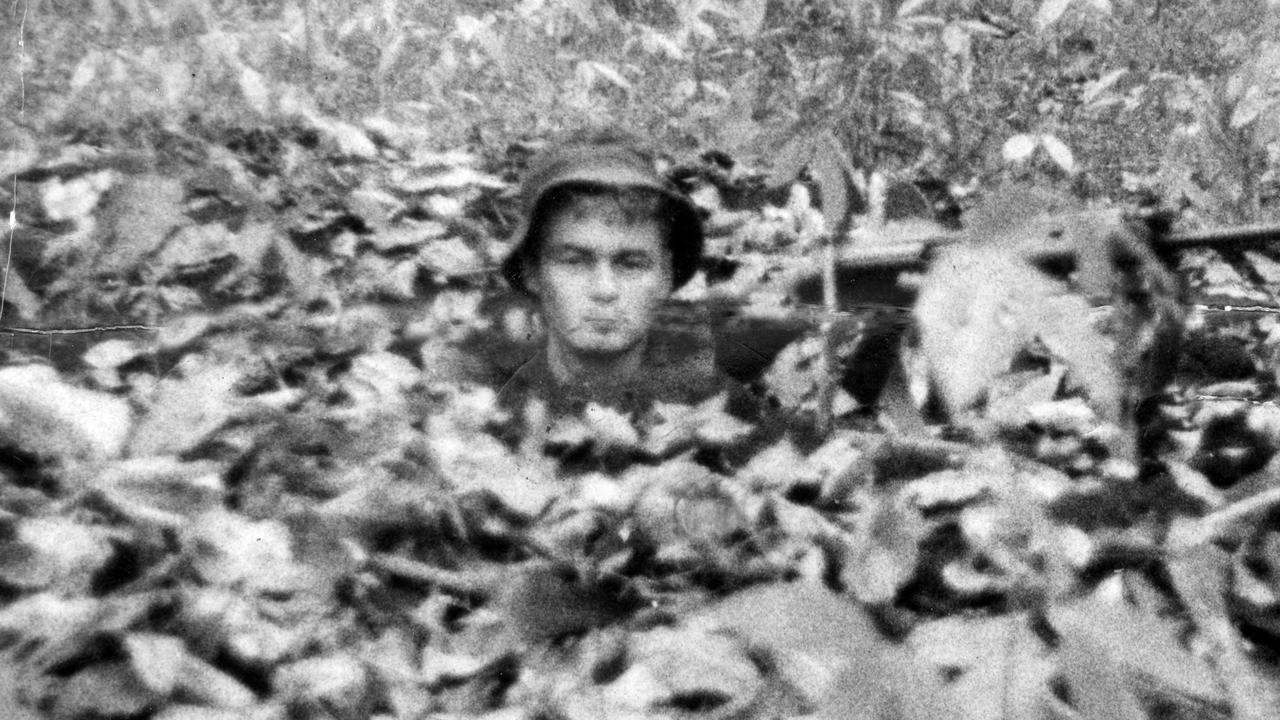
In the pouring rain and with a thick blanket of mist, the Australians fought the enemy, until the gunfire suddenly stopped and the enemy withdrew.
“It stopped as quickly as it started,” Morrison said.
Eighteen Australians and hundreds of enemy soldiers were killed in the battle.
Mr Morrison would spend the following 10 days on the battlefield burying the dead and cleaning up debris, rifles and ammunition.

Upon return to Australia, he said he was treated worse than bugs by the public.
“I was (labelled) a rapist and baby burner,” he said.
“I stayed in the Army for 20 years, because I was accepted and in civilian life I wasn’t.”
Mr Morrison said those uninformed opinions of Vietnam veterans continue to prevail to this day.
He had an electrician aged 30 to 40 visit his home, who once noticed Mr Morrison was a Vietnam Veteran, proceeded to tell him he did “nothing in Vietnam” and he should not have been there.
The attitude of the time stopped Mr Morrison from speaking on Vietnam or marching in parades.
Today, he wore his medals and stood proudly.
Resident’s fight in Australia’s deadliest Vietnam battle
On August 18, 1966, a Toowoomba teen was one of 108 Australian and New Zealand men who entered into what would become the nation’s most costly battle in the Vietnam War.

Outnumbered 10 to one, Australian soldiers fought the Viet Cong in Long Tan, leaving 18 Diggers and hundreds of enemy soldiers dead.
Private Francis Brett Topp of Delta Company, 6th Battalion of the Royal Australian Regiment (6RAR) grew up on his family’s dairy farm at Flagstone Creek and attended Downlands College.
The second of 11 children, Topp enlisted for the Australian Army July 6, 1964 at 17 years of age.
In early July, 1966, Topp was deployed to the 1st Australian Reinforcement Unit at Nui Dat, Vietnam, before joining 5 Section, 11 Platoon of Delta Company 6RAR on August 17.
The following day he would be killed.
Following a mortar attack on the 6RAR camp, Topp and D Company patrolled towards the Long Tan plantation in search of the Viet Cong mortar baseplate locations.
Shortly after 3pm on August 18, 11 Platoon came in contact with Viet Cong in the Long Tan rubber plantation.
However, it was about an hour later when 5 Section formed a defensive position to sweep the front of the location that 11 Platoon came under heavy gunfire and took immediate casualties.
Topp was one of the first men hit and was killed instantly.
He was 19 years old – the youngest Australian to die that day.
The average age of Australians to die at the Battle of Long Tan was 21.
Topp’s body was retrieved from the plantation after a gruesome battle where against all odds, 6RAR was able to force the enemy to retreat.
He was laid to rest in the Helidon Catholic Cemetery.
Toowoomba during the Vietnam War-era
During the 1960s and 1970s, Darling Downs residents were swept up in politics and overseas relations, with many taking to the streets to voice their opinions.
This Vietnam Veteran’s Day, the Chronicle has taken a look to see what life was like in the Darling Downs during Australia’s involvement in the war.
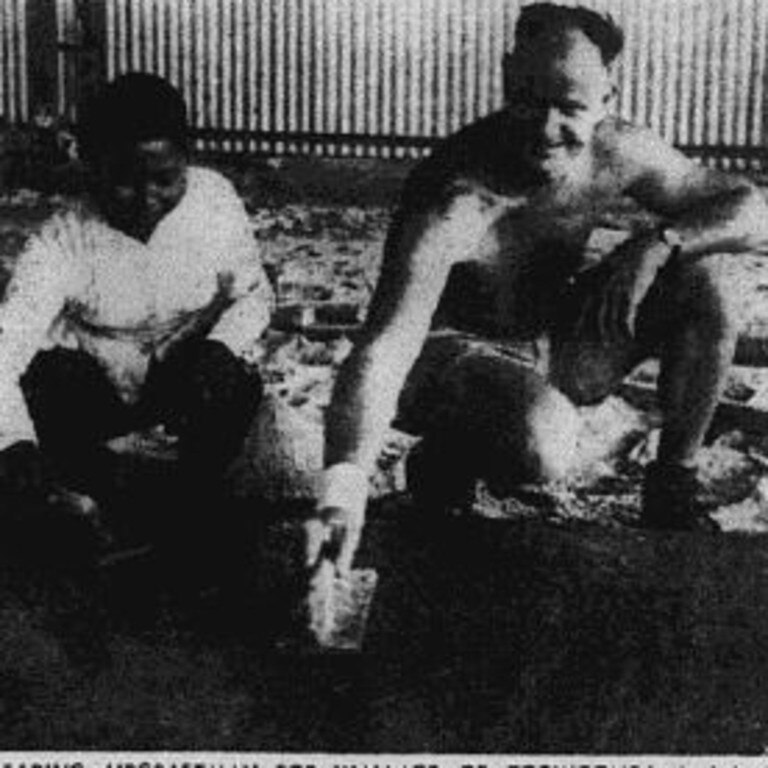

The public was informed daily of hotly political debates between the Holt Government and the Labor Party, which was strongly against the nation’s involvement in Vietnam.
A cadet camp was established near Crows Nest, with students from across the region involved in training exercises.
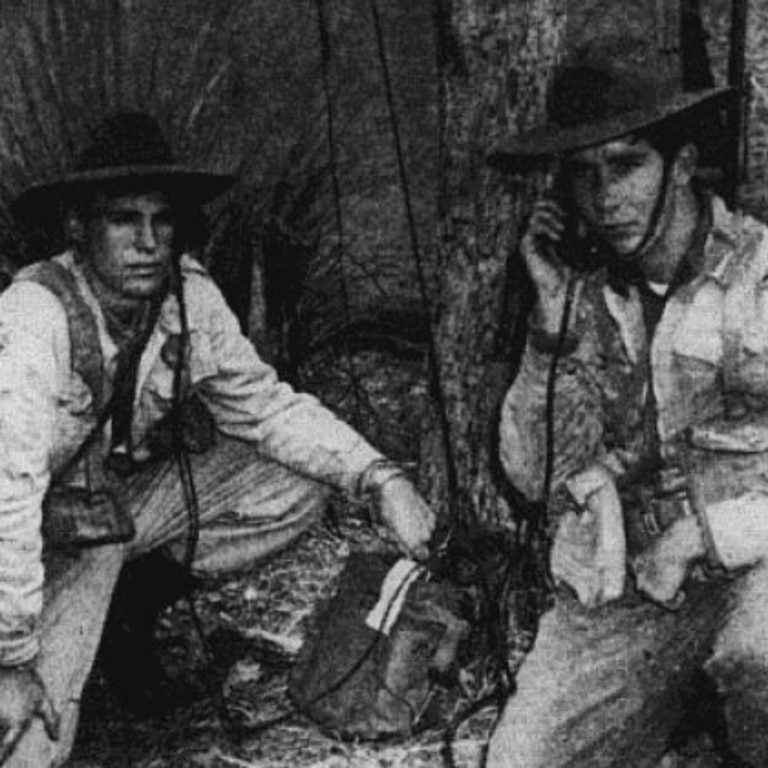
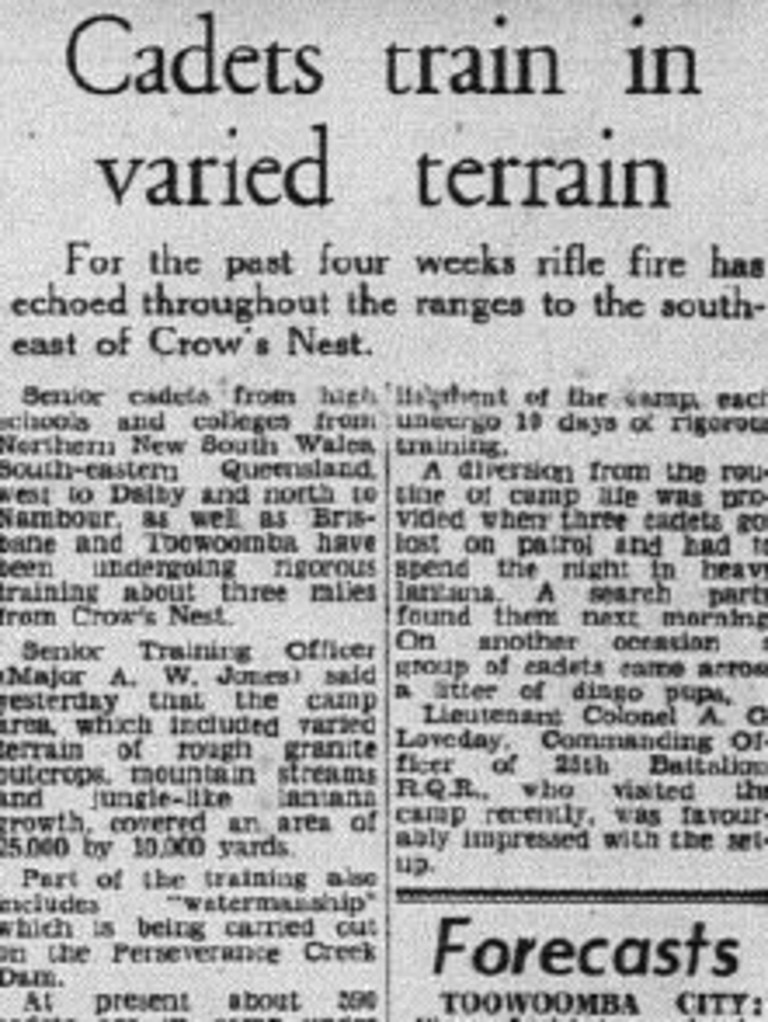

The 24th anniversary of the Battle of Milne Bay was commemorated at the Mother’s Memorial in August 1966, where officials were left disappointed by the lack of community turnout. It was claimed the lack of resident’s commemoration shows a poor aspect of the Toowoomba community spirit.
Private Topp, 19, was farewelled by the Darling Downs community after he was killed during the Battle of Long Tan on August 18, 1966.

On July 3, 1971, a Vietnam Moratorium took place across the Garden City, which saw members of the public protest Australia’s involvement in the war.
A well-known Minister at the time, Pastor K. Marquart, was also part of the march.
Upon the return of soldiers from the Vietnam War, they were met with hostility from the Australian public
More Coverage










